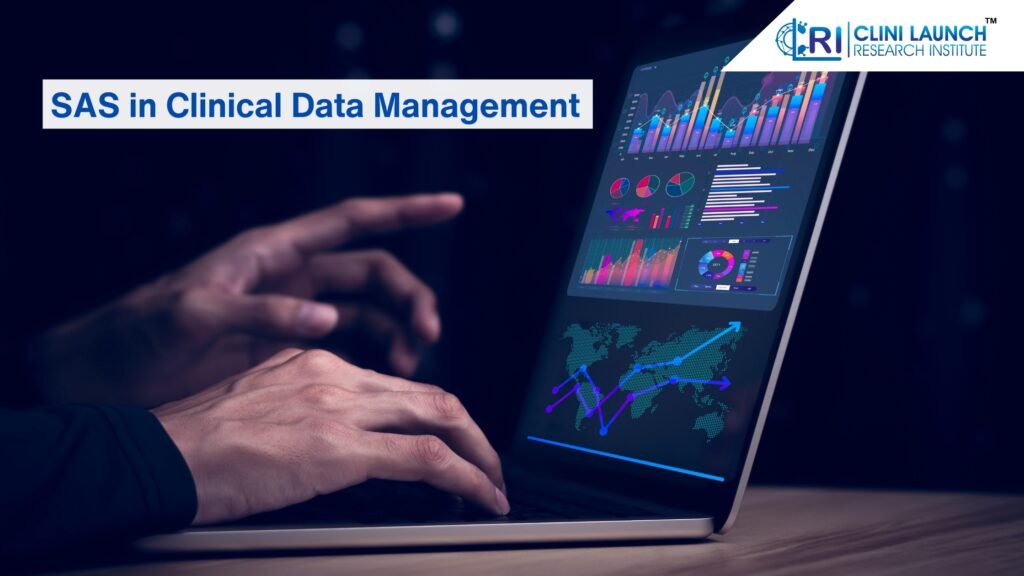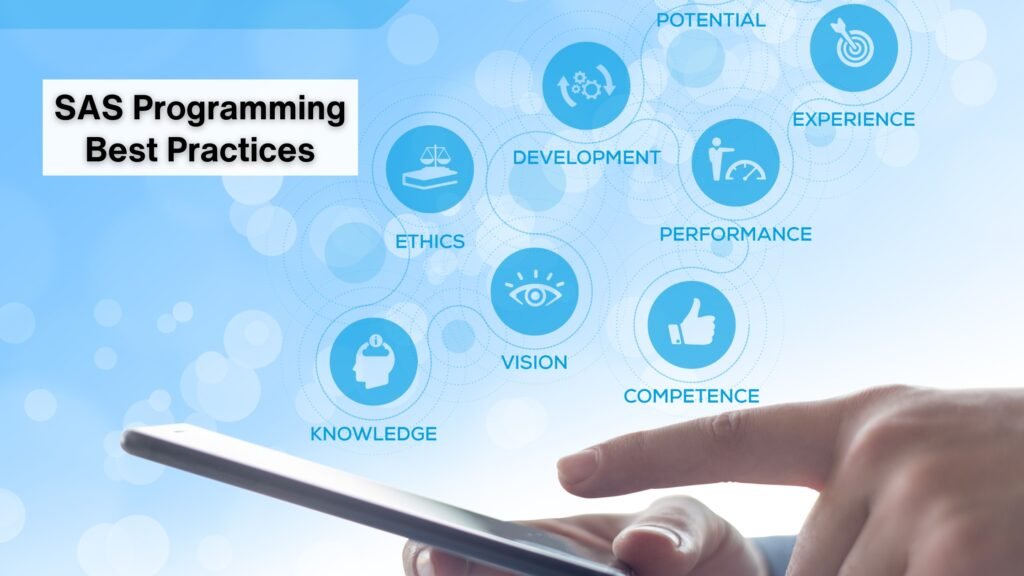Have you ever done clinical study reporting with SAS? You may answer it as no, I have never been into SAS report generation.
Okay.
Let me tell you, Clinical study reports are often generated as a part of the process to submit the applications for new medical trials or treatment to regulators. In a Clinical Study reporting (CSR) answer all the questions such as:
- Why did you do the clinical trial?
- What were the essential queries asked during the clinical trial?
- What were the findings and results?
- Whether you used the regulatory requirement of CSRs or not?
These are all mandatory requirements that you need to take care of before the submission of clinical study reporting with regulatory measures for CSRs with ICH E3 structure.
ICH E3 aims at establishing a single, core CSR format that can be accepted by regulatory authorities in all ICH regions. It can reduce the burden of compiling multiple reports for different regions.
Here we listed down some of the regulatory requirements for Clinical Study Reporting:
- The ICH E3 guideline outlines a specific structured format ensuring all important information is included in a consistent manner.
- The Clinical Study Report should provide a detailed comprehensive data account including methodology, results, safety data and statistical analysis.
- While ICH E3 provides the core format for CSRs, regional regulatory authorities may have additional requirements. The researchers may need to submit appendices to the main CSR.
SAS in Clinical Data Management

Clinical SAS is the foundation ensuring standard and trusted clinical data used to support strategic analysis. SAS can manage, transform and manage clinical data supporting CDISC data standards. The main advantage of using Clinical SAS in data management, users can quickly analyze large datasets in less time during its execution phase. It is a suite of integrated analytics capabilities such as forest clustering, predictive modeling, randon, etc. Unlikely, many companies offer extensive support with consistent quality assurance tests ensuring that the products released in the market are of high-standards.
Learn to use SAS in Clinical Data Management, visit Clinical SAS Course.
Generating Clinical Study Reporting

Documenting information to make your audience understood is fundamentally essential for anyone. Once you understand the structure and data collection methodologies, you will be able to summarize and report your findings efficiently. Now you have the tool to succeed at writing programs, you can analyze data and create reports with SAS procedures, SAS DATA Steps, and SAS features such as the Output Delivery System (ODS) and the macro facility. Furthermore SAS report generation includes data processing techniques, statistical analysis for reporting, and report generation.
Data processing Techniques
- Importing Clinical Trial Data into SAS
Clinical SAS offers various procedures to import data from different sources such as CSV, Excel, or specialized clinical trial databases. Importing trial data into Clinical SAS is a common procedure that includes PROC IMPORT and PROC DATASETS.
- Data Cleaning and Validation Procedures
Data clearing and validation procedures ensure data accuracy and consistency where clinical SAS provides tools to identify and correct the missing values known as PROC MEANS, inconsistencies known as PROC CONTENTS, and outliers known as PROC UNIVARIATE.
- Transforming Data Analysis
It involves manipulation and preparation of data for analysis. Transformation of data is the process that offers different functionalities to drive new variables like age groups, recording of data categories and merging datasets such as PROC SORT and PROC SQL.
Statistical Analysis for Reporting
- Descriptive Statistics
Descriptive statistics summarizes patient demographics, baseline characteristics, and treatment distributions using procedures like PROC MEANS as a continuous variable, and PROC FREQ (categorical variables).
- Safety Analysis
Clinical SAS aids in adverse events safety analysis reporting during the clinical trials. The steps like PROC FREQ and PROC MEANS helps in the identification of the frequency and severity of these events.
- Efficacy Analysis
Efficacy analysis assesses the treatment effectiveness. Clinical SAS offers various statistical methods for hypothesis testing, like t-tests (comparing two groups), and ANOVA (comparing multiple groups).
Report Generation
- SAS procedures for table creation
Clinical study report generation requires efforts for the generation of informative tables to summarize the data analysis and its methodologies. To create tables, commonly used tools are PROC MEANS and PROC FREQ with descriptive statistics and frequency distributions.
- Generating Figures and Graphs
Visualization is important for clear communication using graphs and charts that require PROC SGPLOT to effectively represent the research findings.
- Integrating Statistical Outputs with Text Narrative
Creating comprehensive clinical trial reports requires integration of Output Delivery System (ODS) with text narrative combining statistical findings and results using clinical data presentation with clear explanations.
By following these steps while utilizing clinical SAS procedures effectively, researchers can analyze, manage, and report on clinical trial data leading to a clear understanding of treatment effects and improved clinical development.
Learn statistical Analysis and Reporting with SAS. Join Clinical SAS Program.
Best Practices for SAS Programming

Best practices for clinical SAS programming technique is a particular approach to achieve a level of approval by a professional association, authoritative entity, or published research findings. With successful best practices for clinical data presentation programming techniques, it translates into greater code readability, maintenance, and code reusability. Best practice programming techniques requires:
- Measurable and quantifiable results
- Successful accomplishment of goals and objectives
- Adaptability and reproducibility of specific needs.
Conclusion
In conclusion, Clinical SAS plays a pivotal role in clinical study reporting by providing a suite of tools for analysis, clinical trial data reporting, and management. By following the guidelines of ICH E3 and clinical SAS programming best practices ensures that clinical study reports are accurate, comprehensive, and meet regulatory requirements. This allows researchers to effectively communicate research findings and to contribute effectively for improvement in clinical data management.
Furthermore, if you are interested in a clinical research career or clinical SAS or want upskilling in clinical SAS software. Learn best practices of SAS Programming. Join CliniLaunch or fill up the form below.






Hi, I desire to subscribe for this website to take most up-to-date updates, therefore where can I do it please help
I like the valuable information you provide in your articlesI will bookmark your weblog and check again here regularlyI’m quite sure I will learn many new stuff righthere! Best of luck for the next!
I don’t think the title of your article matches the content lol. Just kidding, mainly because I had some doubts after reading the article.